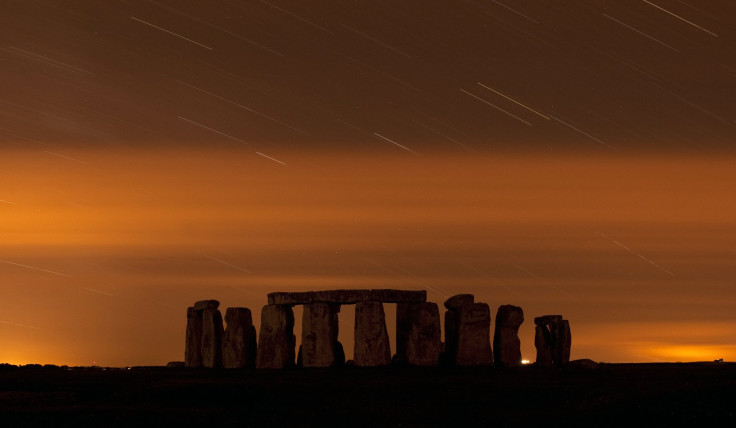Mystery Of Stonehenge: Discovery Of 15 New Monuments Has ‘Transformed’ Famous Landmark

Scientists have made great strides in decoding the mysteries of Stonehenge, one of the ancient world's most enigmatic relics; but there's still much more to the monument than meets the eye. The area surrounding its massive, upright stones contains several previously undiscovered or little known Neolithic monuments buried just below the surface, British and Austrian researchers said Wednesday in a study.
Researchers used a noninvasive technique of ground-penetrating radar and 3D laser scanning to make detailed maps of the subsurface without having to dig holes. The survey, called the Stonehenge Hidden Landscape Project, said researchers found 15 new monuments near Stonehenge, a 4,000-year-old ring of standing stones located in Wiltshire, England. Scientists discovered several manmade features, including henges, pits, ditches and barrows -- mounds of earth and stone used to mark a grave or graves -- according to Smithsonian Magazine.
“This is among the most important landscapes, and probably the most studied landscape, in the world,” Vince Gaffney, a professor at the U.K.'s University of Birmingham and lead researcher of a recently completed four-year survey of Stonehenge, told Smithsonian Magazine. “The area has been absolutely transformed by this survey. [It] won’t be the same again.”
The research team also found gaps in the nearly two-mile-long Stonehenge cursus, a name given to large, parallel, Neolithic ditches found all over the U.K. that archeologists consider some of Britain’s oldest prehistoric monumental structures. The purpose of cursuses has long been debated, but scientists have suggested that they served as processional routes. Cursuses often follow astronomical alignments, as is the case with the Stonehenge cursus, which traces the sunrise on the Spring and Fall equinoxes.
The 15 hidden monuments near Stonehenge suggest the site wasn't an isolated place visited only on special occasions, as science has previously proposed, but was once bustling with all kinds of activity. “The perceived wisdom was driven by the monuments we knew about,” Gaffney told Smithsonian. “We’ve put in the data between the monuments.”
© Copyright IBTimes 2024. All rights reserved.






















